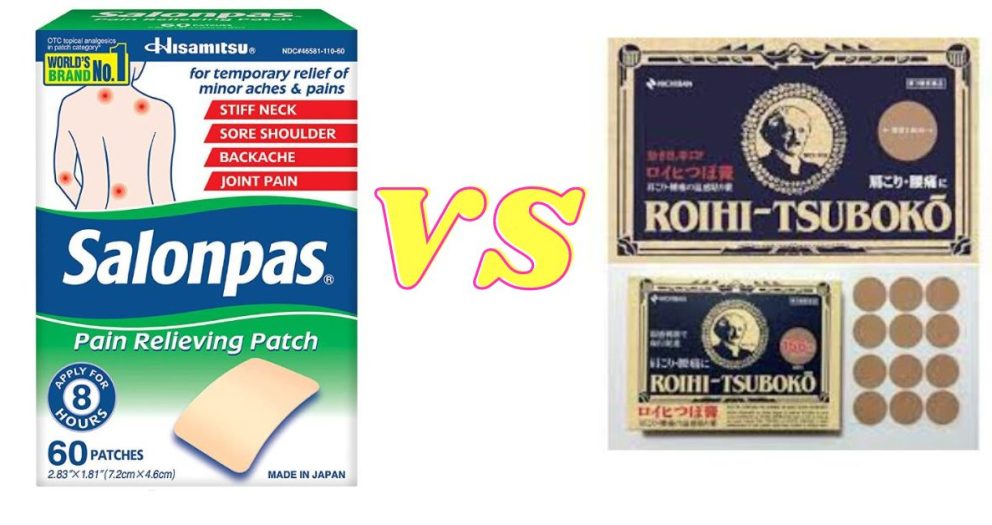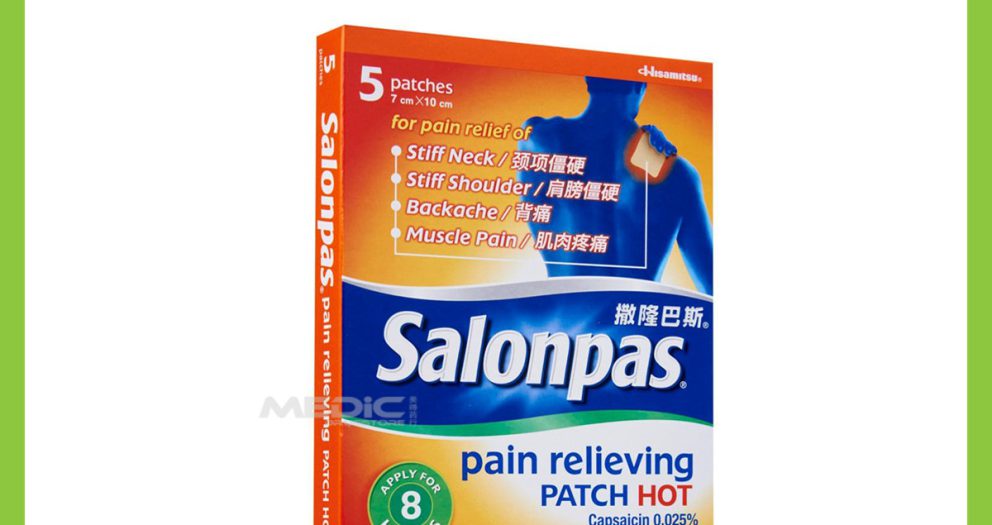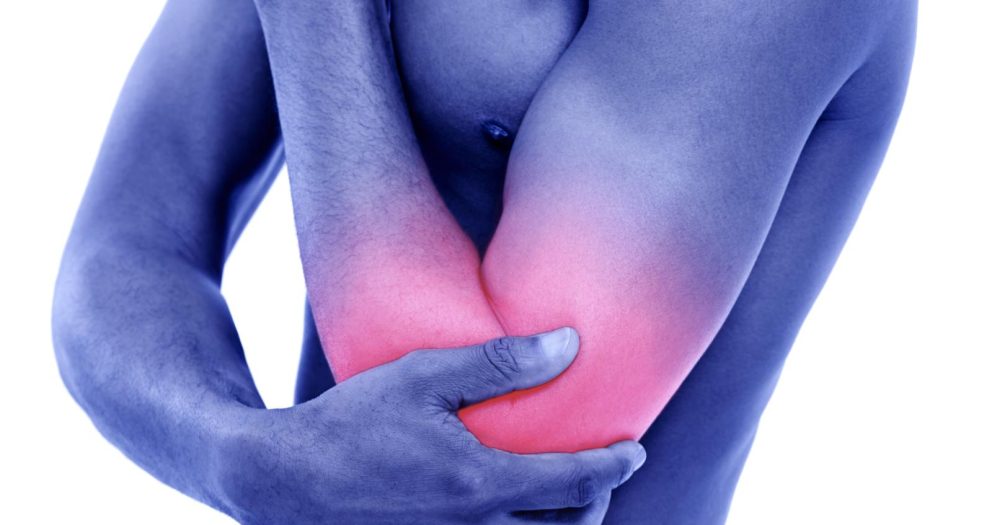When faced with swelling, whether from a sprained ankle, a pulled muscle, or an injury, using a compress is a common go-to remedy. However, the question remains: is a hot or cold compress better for swelling?
Cold compress is a better option for swelling because it numbs the affected area, which reduces pain, tenderness, swelling, and inflammation.
In this article, we’ll explore the effects of heat and cold on swelling, when to use each, and the risks and precautions to take when using compresses for swelling. Keep reading to discover which temperature is best for your swollen injury.
Is Hot Or Cold Better To Reduce Swelling?
When it comes to reducing swelling, both hot and cold therapies have their benefits, but choosing the right one depends on the type of swelling and the stage of the injury. Cold therapy is the preferred option during the initial stage of an injury, where swelling is present, and the area is inflamed.
Cold compresses reduce swelling by constricting blood vessels and slowing down blood flow to the affected area. This reduces inflammation and pain, making it an effective treatment for acute injuries such as sprains, strains, or bruises. Applying a cold compress for 15-20 minutes at a time, several times a day for the first 48-72 hours, can help reduce swelling and inflammation.
On the other hand, heat therapy is more effective for reducing swelling caused by chronic conditions, such as arthritis or tendinitis. Heat therapy works by increasing blood flow to the affected area, promoting healing, and reducing muscle tension.
Heat also stimulates the production of collagen, which can help to reduce pain and improve joint flexibility. However, applying heat to an acute injury can increase inflammation and cause more swelling, so it’s essential to avoid using heat therapy in the initial stages of an injury.
In conclusion, both hot and cold therapies have their benefits in reducing swelling, but the choice depends on the type and stage of the injury.
Cold therapy is better for acute injuries, while heat therapy is more effective for chronic conditions. It’s essential to consult a healthcare professional to determine the appropriate therapy for your specific condition.
When to Use Heat vs Cold for Swelling
When deciding whether to use heat or cold for swelling, it’s crucial to consider the type of swelling and the stage of the injury. However, there are other factors to consider that can affect the effectiveness of each therapy.
For example, the body part affected can also influence the choice of therapy. Cold therapy is generally not recommended for certain body parts, such as the neck or the lower back, as it can cause muscle spasms.
Heat therapy can also be dangerous if applied for too long, especially in areas with reduced blood flow or sensation, such as the feet or hands.
Another essential factor to consider is the individual’s sensitivity to temperature. Some people may find that heat aggravates their swelling, while others may find that cold therapy causes discomfort. It’s crucial to listen to your body and adjust the therapy accordingly.
It’s important to follow the recommended duration and frequency of application for each therapy, as well as using a barrier between the skin and the compress to prevent injury.
Risks and Precautions
Using hot or cold therapy for swelling can be an effective way to manage pain and inflammation, but it’s essential to take certain precautions to prevent further injury or complications. Here are some risks and precautions to consider when using hot or cold therapy for swelling:
- Tissue damage: Applying heat or cold for too long or with too much pressure can cause tissue damage, including burns, frostbite, or nerve damage. To prevent tissue damage, it’s essential to use a barrier between the skin and the compress, such as a towel or cloth, and avoid applying heat or cold for more than 20 minutes at a time.
- Temperature sensitivity: Some people may be more sensitive to hot or cold temperatures, and using hot or cold therapy can cause discomfort or pain. It’s crucial to listen to your body and adjust the therapy accordingly.
- Medical conditions: People with certain medical conditions, such as diabetes or Raynaud’s disease, may be more susceptible to tissue damage from hot or cold therapy. It’s essential to consult a healthcare professional before using hot or cold therapy if you have a medical condition.
- Allergies: Some people may be allergic to materials used in hot or cold compresses, such as latex or certain fabrics. It’s essential to check the materials used in the compress and avoid using it if you have an allergy.
- Infection risk: Using hot or cold therapy can increase the risk of infection if the compress is not clean or sterile. It’s essential to use a clean compress and wash your hands before and after applying the compress to prevent infection.
In summary, hot and cold therapy can be an effective way to manage swelling, but it’s essential to take certain precautions to prevent tissue damage, temperature sensitivity, medical complications, allergies, and infection risk.
If you have any concerns about using hot or cold therapy for swelling, consult a healthcare professional for guidance
References
- Mayo Clinic – https://www.mayoclinic.org/diseases-conditions/sprains-and-strains/diagnosis-treatment/drc-20377910
- WebMD – https://www.webmd.com/first-aid/heat-and-cold-therapy-for-pain
- National Institute of Arthritis and Musculoskeletal and Skin Diseases – https://www.niams.nih.gov/health-topics/sports-injuries/advanced#tab-treatment
- American Academy of Orthopaedic Surgeons – https://orthoinfo.aaos.org/en/treatment/thermotherapy-and-cryotherapy/
- Healthline – https://www.healthline.com/health/heat-or-ice-for-injury#what-to-do






